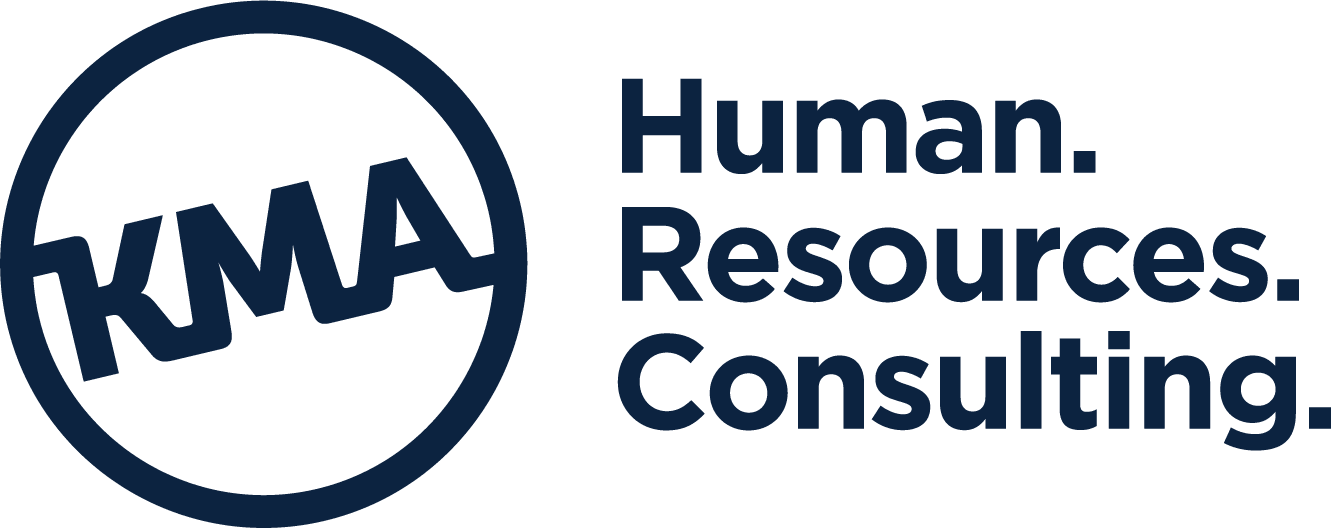Have you ever walked away from a meeting shaking your head in frustration, feeling as though it wasn’t a good use of your time? There are many key ingredients to making sure your meetings are productive. Agendas will get your team thinking ahead and they provide a road map toward achieving results.
 The Power of Agendas
The Power of Agendas
Think of a meeting agenda as a guide that allows you and other meeting participants to stay focused. An agenda answers several important questions about “why” you are meeting. It also puts everyone on the same page with the conversations that will ensue.
- Send your agendas in advance of the meeting. When scheduling a meeting online, always include the agenda in the proposal. This allows attendees time to consider the topics of discussion, bring resources, and think about what they might want to say to add value in the conversations. It’s also a good idea to ask for any additional items for the agenda that you may have missed.
- Typically, the person who has proposed the meeting is the facilitator. However, an agenda also empowers attendees to help keep the meeting on track and hold themselves accountable to saying on topic. If the meeting gets off track, use your agenda to bring the team back on focus. If the detoured discussion is important, then agree to schedule a meeting covering that topic in the future.
- Use verbs when writing an agenda. This simple but powerful approach makes it very clear what is intended with each of the topics you plan to cover.
- Review the agenda and general time frames at the start of your meeting. It is helpful to provide limits for each topic with this review. Relay your confidence that these topics can be effectively covered in the meeting time allotted.
Once you write a couple of agendas and use them in your meetings, you’ll quickly see the value they add to keeping on topic, engaging your team, and managing your time together effectively.
Sample Agendas
Below are several sample agendas:
Meeting Purpose: Cover all bases for upcoming open house.
- Confirm final head count.
- Create timeline of the evening’s events.
- Identify all roles needed at various stations and primary functions at each.
- Appoint specific responsibilities to those station roles.
- Create position schedules.
- Identify floaters and point people.
Meeting Purpose: Identify problems with software and begin creating a plan to mitigate issues.
- Brainstorm all recent occurrences of problems.
- Rank problems into four categories: Urgent, Important, Learning Curve Issues, Phase II Considerations.
- Assign Work Teams for each category.
- Create timeline of action.
Meeting Purpose: Update Staff on Business Results.
- Share first quarter financials.
- Recognize key staff members for contributions.
- Outline financial goals for the next 3 quarters.
- Connect employee performance with achieving those goals.
- Look at conserving budget, paying attention to details, mitigating risk quickly.
- Engage in Q&A/open discussion
Meeting Purpose: To begin to connect as a team and confirm our plan for training is on track.
- Introductions and share your passion for great customer service in your department.
- Review the customer service training agenda.
- Identify any concerns and/or misses from that agenda.
- Begin thinking about approaches to rolling out training to each department.
- Identify next steps toward scheduling training.
Meeting purpose: Review DRAFT course content confirming it meets the target audience’s needs.
- Review program objectives and tweak as needed.
- Confirm course flow engages the audience.
- Identify other logistical needs.
- Identify all timing needs to get materials printed and room properly prepared.
KMA Can Help
Remember that KMA is here to provide additional guidance on this topic. We provide meeting facilitation services and training. Contact us today for information.
